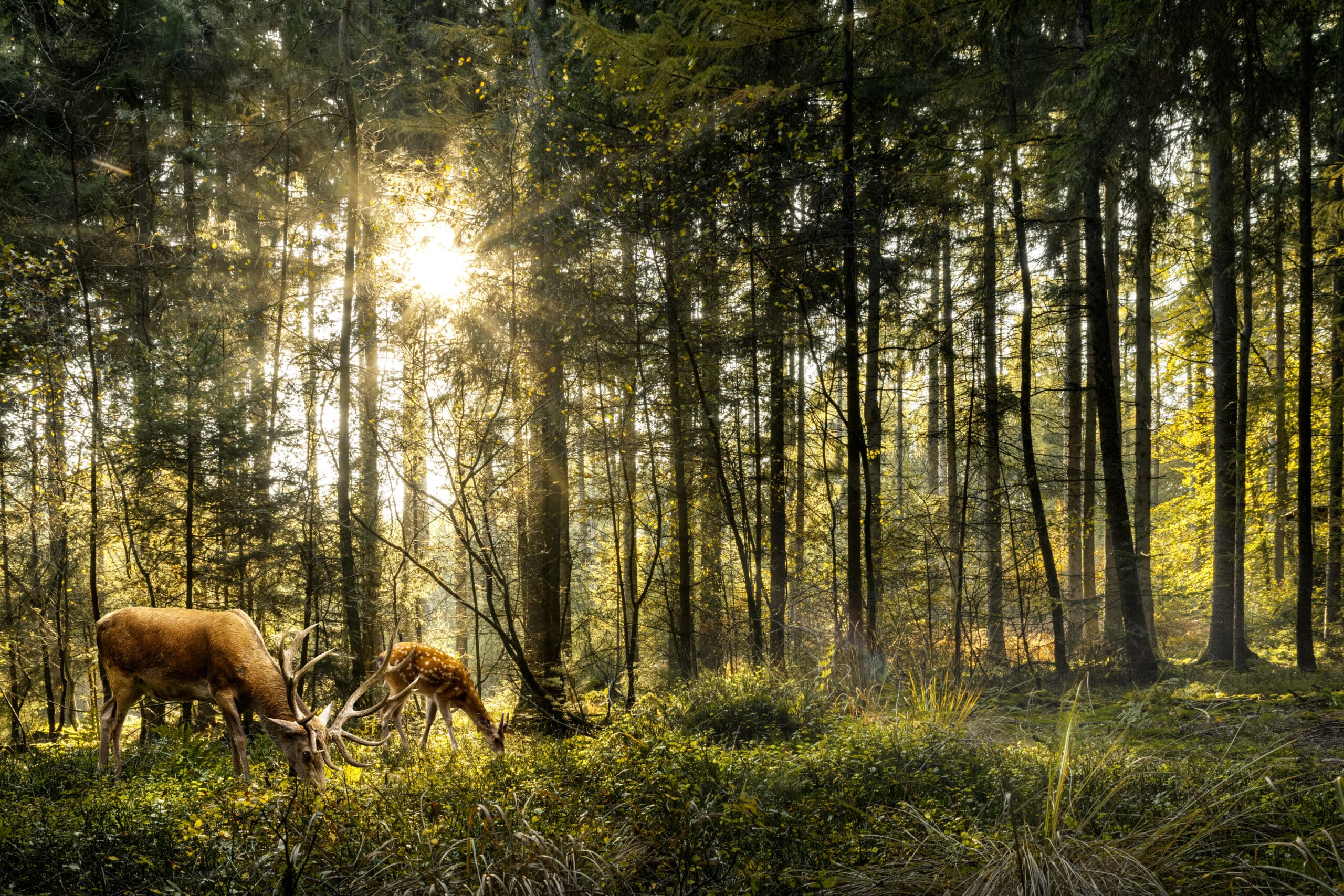Impact of climate change on wildlife in Canada
The Impact of Climate Change on Fish and Game Populations in Canada: What Hunters and Anglers Need to Know
Hello fellow hunters and anglers! Today, we’re diving into a topic that’s impossible to ignore: the impact of climate change on our aquatic and terrestrial ecosystems. If you love exploring forests or casting your line into a peaceful lake, you’ve probably noticed that things are changing. The fish and game we rely on are feeling the effects of a warming world. In this post, we’ll explore how these changes are impacting species and what it means for us as hunters and anglers.
Climate Change and Aquatic Ecosystems: A Deep Dive | Impact of climate change
1. Rising Water Temperatures
Climate change is causing water temperatures in lakes, rivers, and oceans to rise. Species like trout and salmon, which thrive in cold water, are especially vulnerable. Here’s what’s happening:
- Species are migrating to cooler waters, often farther north or deeper in lakes.
- Fish reproduction cycles are disrupted as some fail to find the ideal temperatures to spawn.
- Warm waters encourage the spread of diseases and parasites, which can decimate fish populations.
For anglers, this means traditional fishing spots may lose diversity, and we may need to adjust our techniques and bait choices to match the new conditions.
2. Changing Water Levels
Shifts in precipitation patterns are causing more frequent droughts and sudden floods. Low river flows create hostile environments for fish, while floods destroy natural spawning grounds. As a result, fish populations in several Canadian regions are declining.
Terrestrial Ecosystems: A Changing Landscape for Game Animals | Impact of climate change
1. Game Species Are on the Move
Game animals like white-tailed deer and caribou are adjusting their behavior in response to climate change. Here’s what’s happening:
- Northward migration: Deer, elk, and other species are moving to habitats better suited to their needs.
- Food stress: Essential food sources like berries, plants, and lichens are becoming scarce in certain regions, driving animals to new areas.
For hunters, this means your usual hunting grounds may no longer be as productive. You’ll need to be more mobile and adaptable to keep up with these changes.
2. Increased Parasites and Diseases
Warming temperatures are creating ideal conditions for ticks, mosquitoes, and other parasites to thrive. For example:
- Black-legged ticks, which carry Lyme disease, are now found in regions they didn’t inhabit 20 years ago.
- Diseases like epizootic hemorrhagic disease (EHD) are affecting deer populations.
Protecting game populations—and our own health—requires greater awareness and preventive measures.
What Do These Changes Mean for Canadian Hunters and Anglers?
1. A Need to Adapt
The changing landscape demands constant adaptation from us as hunters and anglers. Here are some steps to consider:
- Diversify your destinations to follow species migrations.
- Stay updated on local regulations, as they may change to address ecological pressures.
2. Embrace Responsible Practices
With these shifts, sustainable practices are more critical than ever:
- Stick to quotas to avoid overharvesting already fragile populations.
- Use eco-friendly gear, such as lead-free fishing tackle, to minimize environmental impact.
Solutions to Mitigate the Impact | Impact of climate change
In response to these challenges, several solutions are emerging to protect our ecosystems:
- Protected Areas: The Canadian government is working to establish more marine and terrestrial protected areas. For instance, a recent transition plan for fisheries aims to safeguard key habitats.
- Research and Monitoring: Tracking fish and game populations helps scientists and policymakers understand their needs and make informed decisions.
- Education: As a community, we can share knowledge and strategies to better manage these changes.
How We, as Enthusiasts, Can Make a Difference | Impact of climate change
As nature lovers, we play a vital role:
- Contribute to local projects focused on habitat restoration.
- Share your observations: If you notice changes in species or habitats, report them to authorities.
- Invest in sustainable gear by visiting stores like boutiquecoureurdesbois.ca.
Conclusion: Adaptation Is Essential | Impact of climate change
Climate change is transforming our favorite hunting and fishing grounds, but it doesn’t have to discourage us. With proactive approaches and responsible practices, we can continue enjoying these activities while preserving the environment’s richness. Thanks for exploring this topic with me! Together, we can rise to the challenge.
FAQ | Impact of climate change
1. Which fish are most affected by climate change in Canada?
Cold-water species like trout, salmon, and brook trout are the most impacted, as they rely on cold water to survive and reproduce.
2. What are the main parasites affecting game animals today?
Black-legged ticks and mosquitoes are thriving, increasing the risk of diseases like Lyme disease and epizootic hemorrhagic disease (EHD).
3. How can hunters adapt to game migrations?
Hunters should monitor migration patterns, explore new territories, and stay informed through local and national resources.
4. Can the impact of climate change on fish and game be mitigated?
Yes, through conservation efforts, habitat restoration, and responsible practices like respecting quotas and reducing our ecological footprint.
5. How can I report changes in local species populations?
You can report your observations to organizations like Fisheries and Oceans Canada or provincial authorities.
Thank you for taking the time to read this blog!
Join us on Facebook and Instagram, where we regularly share content and promotions!
For any questions, contact us at info@boutiquecoureurdesbois.ca.
Visit our online store to explore all our products.

